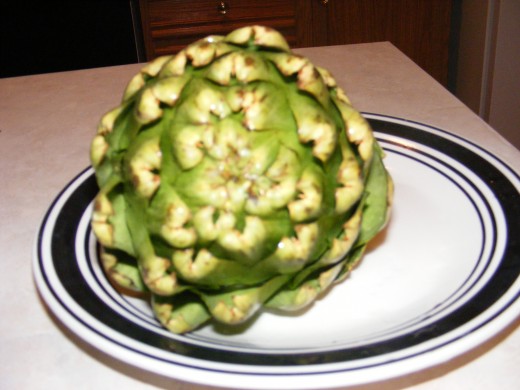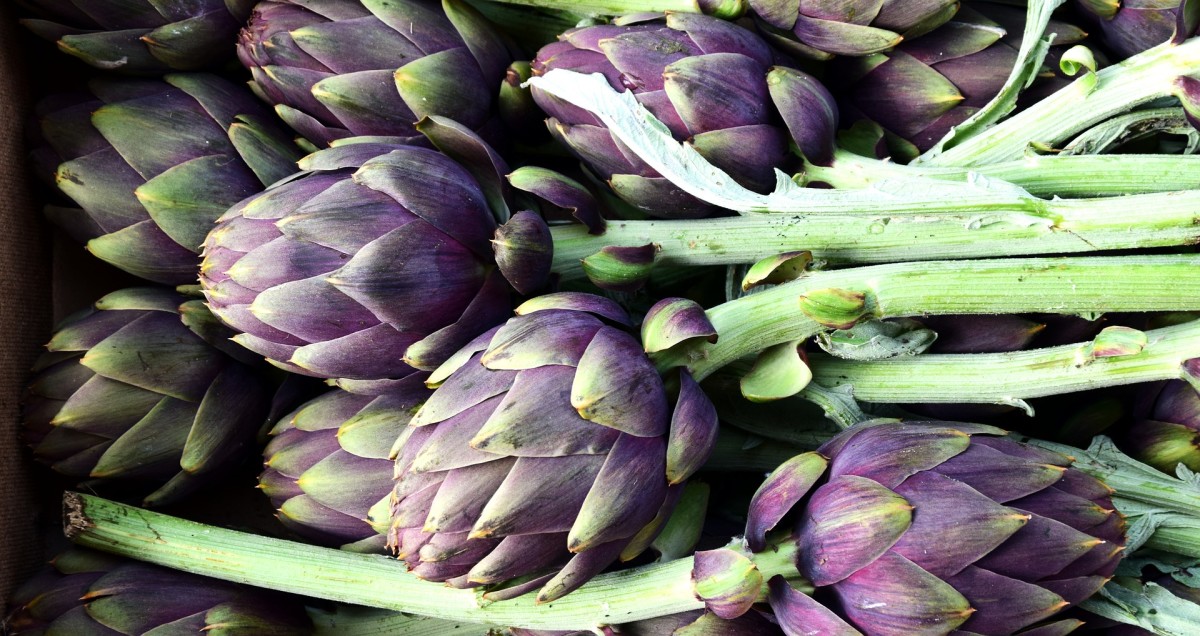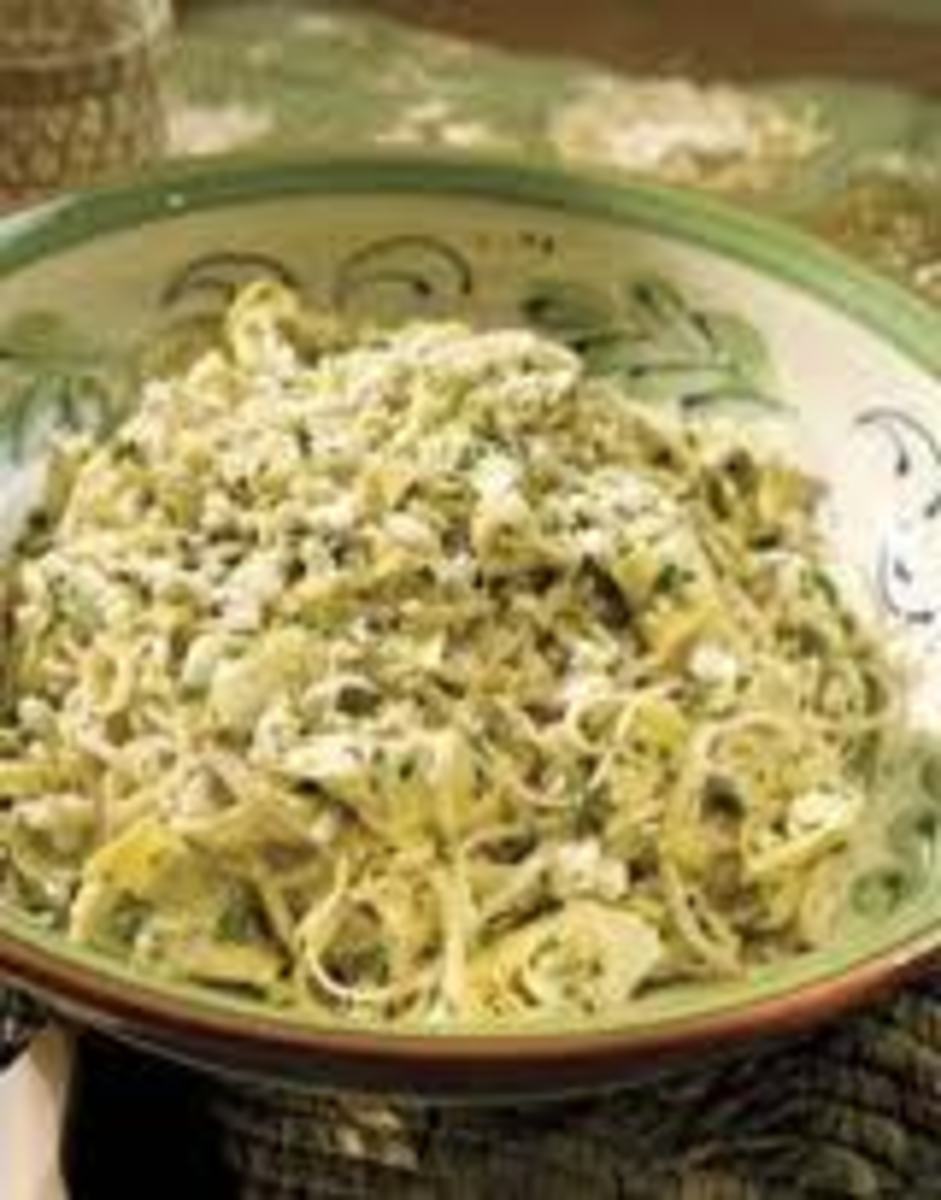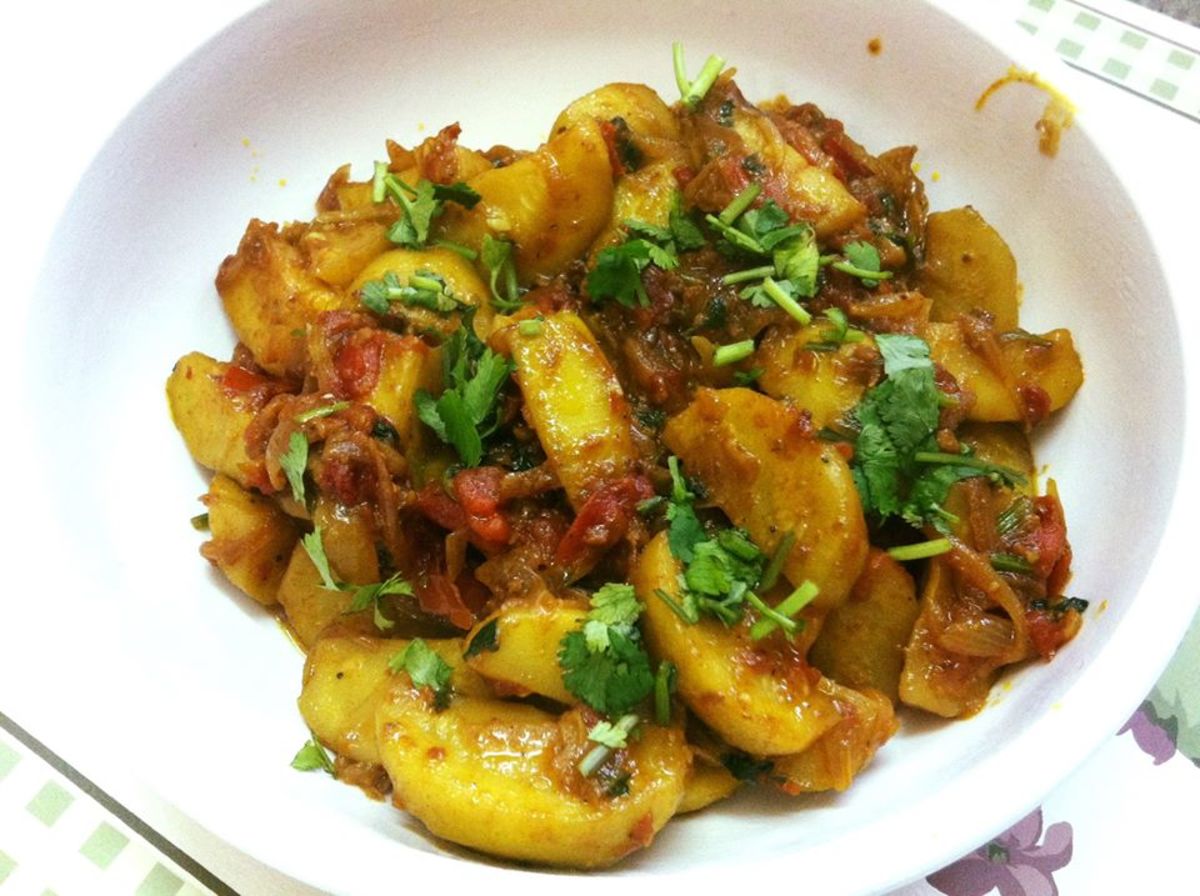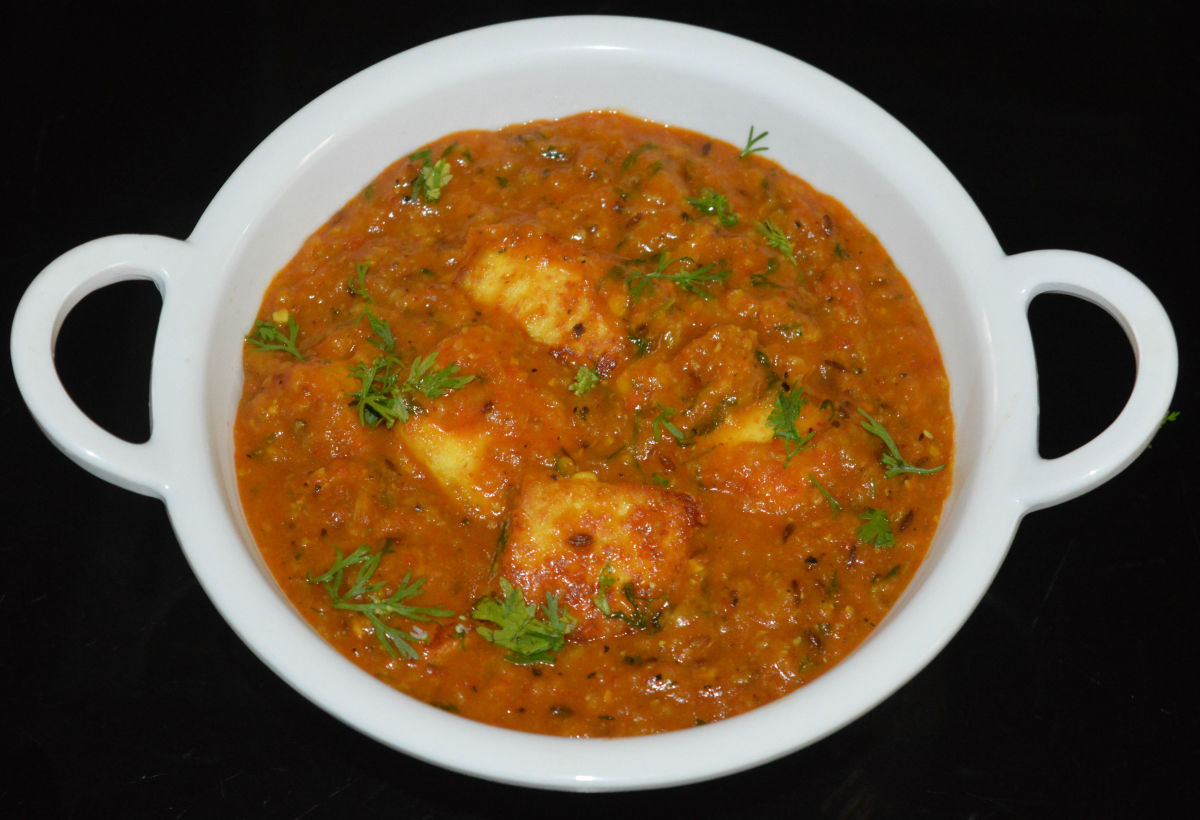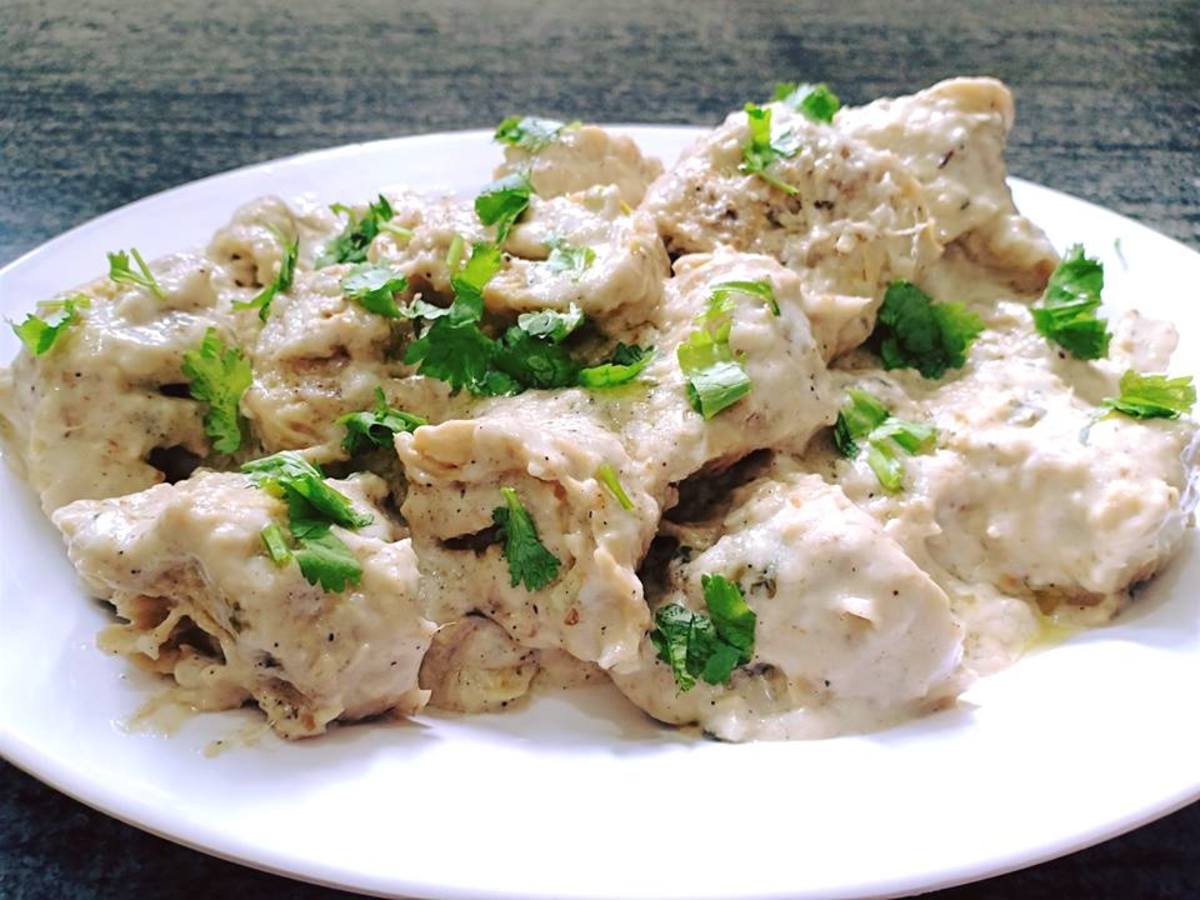Guide on cleaning and cooking artichokes
Get more acquainted with this resourceful vegetable!
Being raised in Italy, I got acquainted with this peculiar vegetable since a child, watching my grandmother serve them piping hot in various ways and on many occasions.
Being part of the thistle cardoon family, quite many people may feel intimidated by it's rough and spiny appearance, but do not be fooled, because those that have given this veggie a try, know how tender and mouthwatery the enclosed inner leaves and heart may be.
Artichokes may be served in various ways from an appetizer to a side dish or even as complete and balanced first course. The most challenging part may be the cleaning process, but once mastered, cleaning artichokes may be a breeze.
Because artichokes tend to blacken and turn fingers and hands black as well, gloves should be worn and cleaned artichokes should be soaked in a bowl of lemon acidulated water.
Cleaning artichokes means depriving them from thorns, inner "hairs" and the rough outer layers. Because there are many different ways to cook artichokes they may be left almost entire or the tender parts may be cut in chunks. If you are planning to keep them entire to roast over the fire or stuff, just cut the stem so that the artichoke is able to stand on itself. If you are stuffing, then cut the top off horizontally, spread the leaves open and then scoop out the fluffy hairy inside found right at the bottom because they tend to turn pretty rough once cooked.
ROASTING ARTICHOKES
Roasted artichokes are really good. Once the stem is cut, you can dip them in oil and salt. You roast them then over the fire and once cooked you eat them leaf by leaf by eating the inner and most tender part of the leaves. The closer you get to the heart the more tender the leaves become until you arrive at a point where you can eat the small leaves entirely. At last, you will have reached the artichoke's best part, it's heart. The heart is very tender and tasteful and can be eaten whole.
STUFFING ARTICHOKES
After being deprived from the outer rough leaves and the inside hairs, the artichoke will be "opened" and tasty fillings may be inserted. My favorite filling is a mix of breadcrumbs, chopped garlic, parmesan cheese and parsley. All is mixed together and moistended with a good quality extra virgin olive oil and finally inserted inside the artichoke. The artichokes are then placed into a large saucepan fitting perfectly together and standing up. Broth is poured until it reaches over more than 50% the artichoke's height. The saucepan is covered
until the artichokes are cooked. More broth and/or water may be added as needed.
ARTICHOKE CHUNKS
If you have decided to cut your artichoke in chunks or small pieces, make sure you have deprived them from rough outer leaves, thorns and inside hairs. Once cut into chunks or small pieces you have various ways to cook them.
You can sautee' them in a pan and add eggs to make a great tasting artichoke frittata, or you can sautee' them, add rice, salt and broth as needed and make a great risotto.
In Italy, some people like to eat the tiny chunks raw and dip them in vinegar or any other dipping suace.
CYNAR
As mentioned earlier, artichokes are used in a multitude of ways but did you know that artichokes are also served as a beverage? Introducing Cynar, a tasteful yet bitter aperitif produce by Campari that you may try in Italy. This bitter drink is made from a variety of herbs but the most used ingredient derives from the artichoke's juices. This apertif is often served as a digestive at the end of a meal.
Artichokes can prove to be a very versatile and tasty vegetable, even it may appear humble, many elite restaurants serve it in their fancy dishes. In the U.S you can find many artichokes without thorns making them easier to handle and clean. I routinely use artichokes in my kitchen, thanks to my grandma, I have appreciated its many virtues and have learned to look over its rough intimidating appearance
